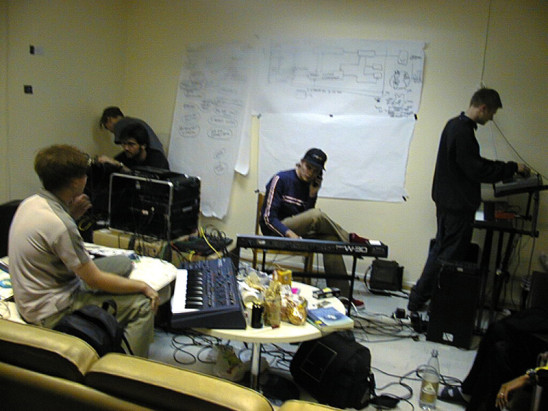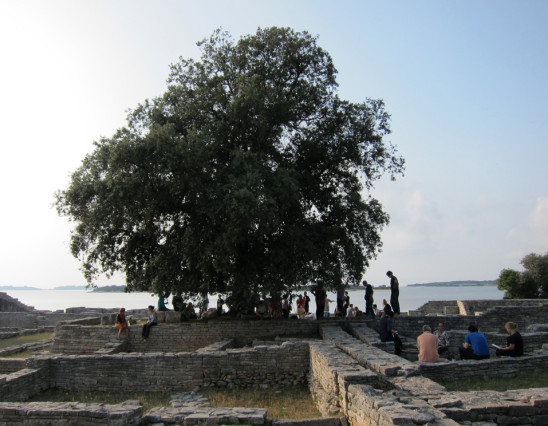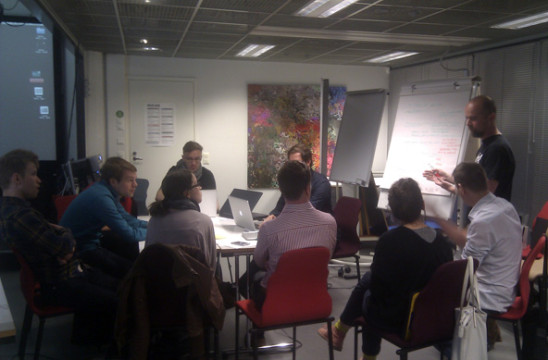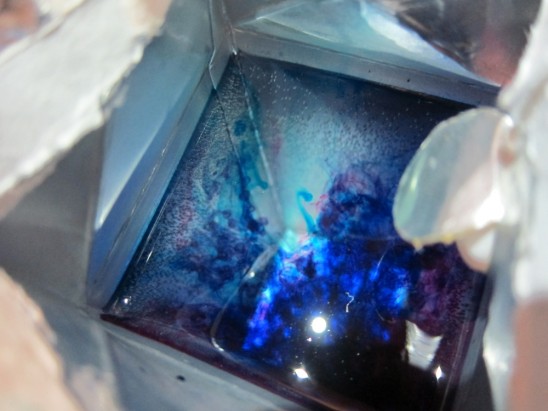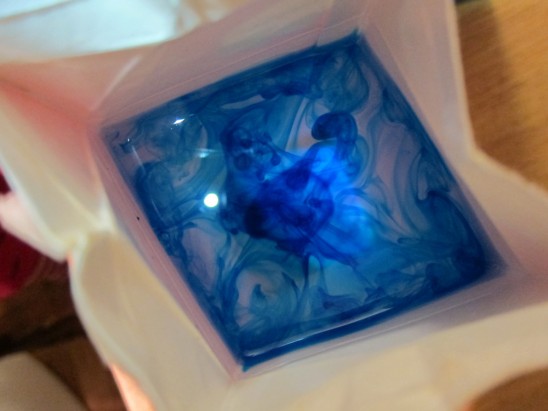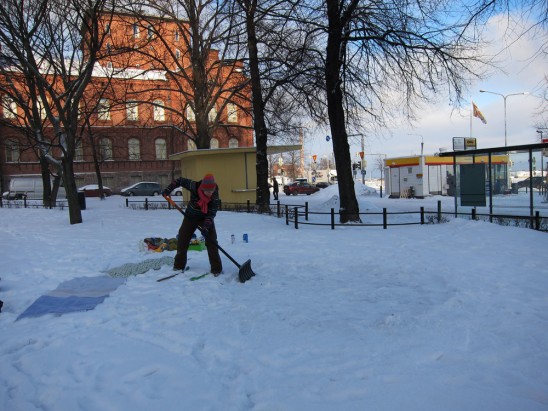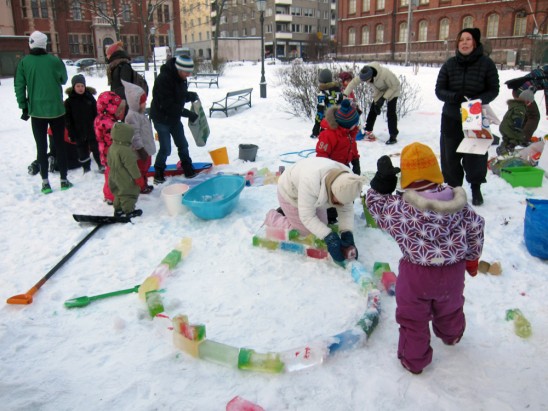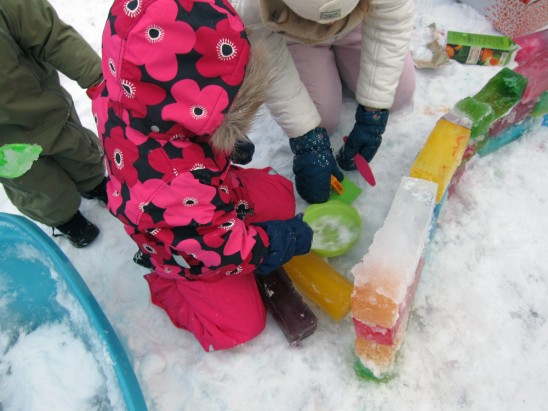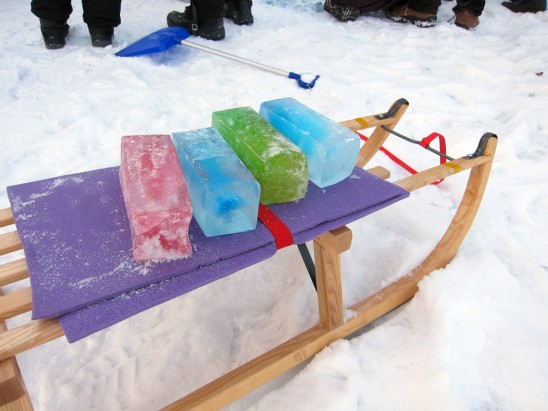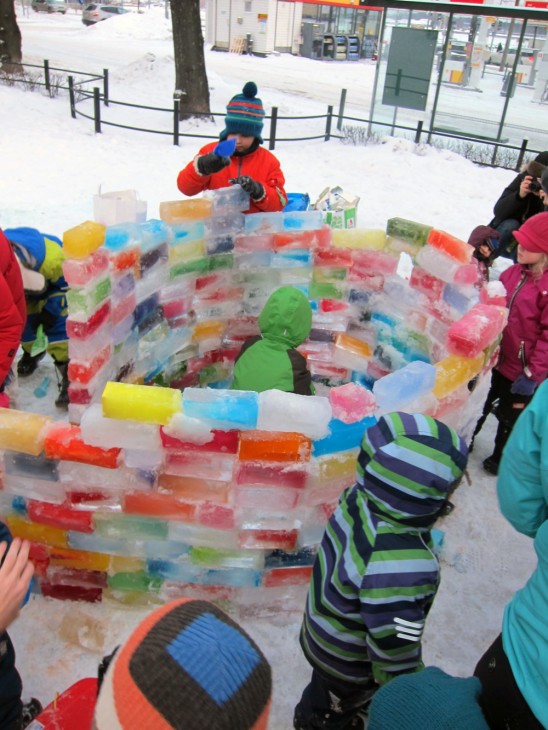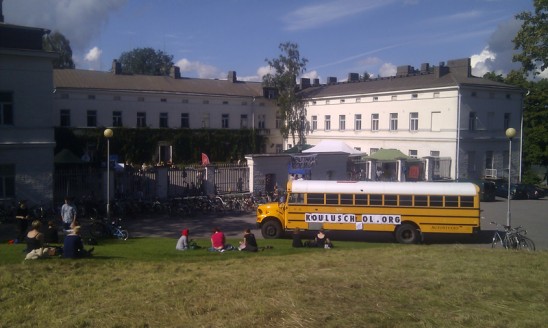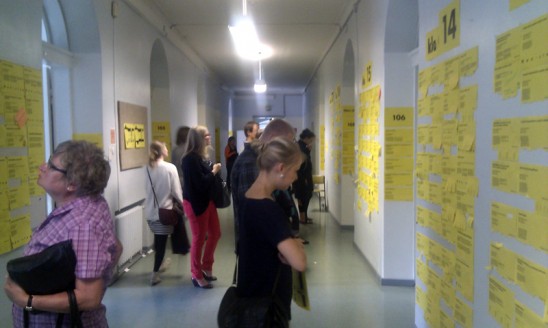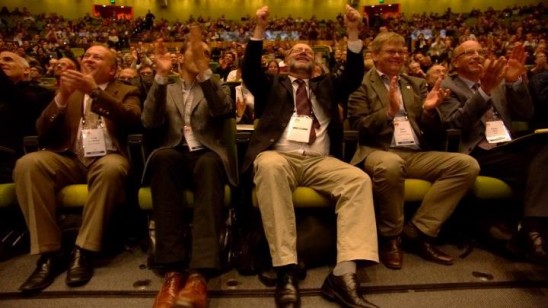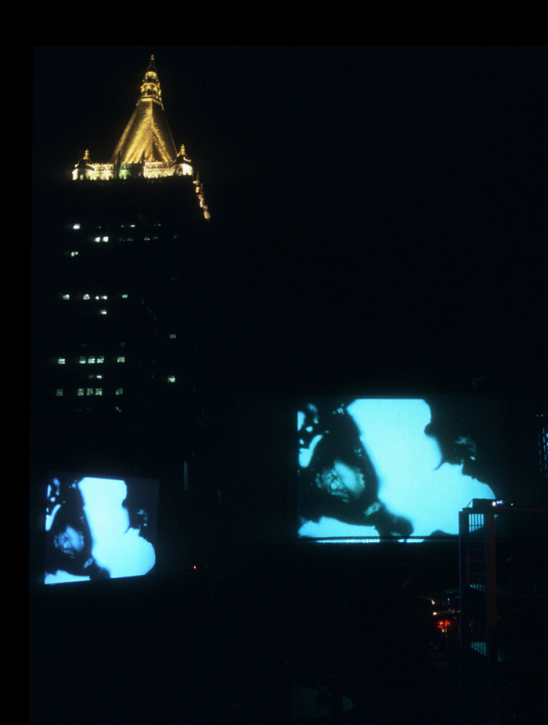 Pixelache 2003 NYC (live av performance on the rooftop of Gershwin Hotel. Photo by Antti Ahonen.)
Pixelache 2003 NYC (live av performance on the rooftop of Gershwin Hotel. Photo by Antti Ahonen.)
(PART 1 of New Culture vs Old Structures)
Pixelache Festival was my main professional commitment for 10 years, from its inception in 2002 to year 2011. In the process of trying to establish Pixelache I learned a lot about the public funding system and below I will share some insights on how the system works – or rather how it does *not* work.
Hopefully this information will help some people to avoid banging their head against the wall as much as I did. Or hopefully they will at least choose the right wall.
Disclaimer – I’m no longer involved in the Pixelache organisation so all the thought below should be considered as my own personal views, not official statements by Pixelache.
* * *
1. THE BLACKMAILING/LOBBYING APPROACH
In year 2006 I was pretty frustrated (‘vittuuntunut’ in Finnish) with the situation of Pixelache Helsinki. It was the fifth year of Pixelache, and 12th year for me to organise events in Helsinki. Pixelache was really successful internationally – we were in the process of establishing chapters in various countries and had been invited to collaborate with many prominent events (ISEA, Doors of Perception, etc).
Unfortunately, we had not been able to get any funding for the work needed to put together the main festival in Helsinki. With great effort we had managed to scrape together money from dozens of different sources to cover some of the necessary basic costs, but there was no chance to pay anything for anyone for the actual production work. In comparison, the very first edition of Mal au Pixel (the French edition of Pixelache) received 7 times more funding than what we had in Helsinki.
In this situation I sent this email to ‘everyone’ – state art organisations, Helsinki City Cultural Office, cultural foundations and key people in Finnish media art scene. The email is in Finnish but the main point is that I made it clear that unless we received more proper financial support, the main festival would need to stop in Helsinki. This email was not just a tactical move, this was the actual reality we faced. During these years I spent most of my time abroad and only occasionally came back to Helsinki for a month or so to focus on Pixelache Helsinki planning/organising work. This had worked fine in the first couple of years but had been not been manageable (or in other words, was far too fragile and stressful) for a while already.
Continue reading →
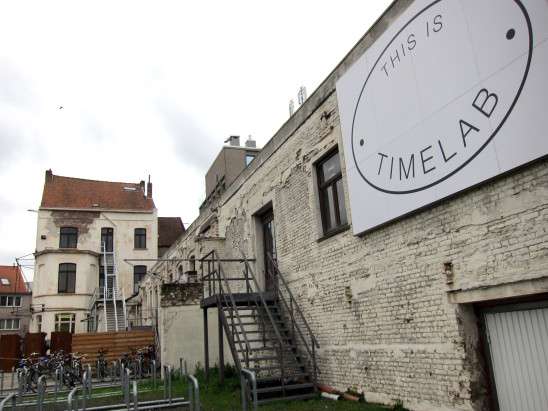
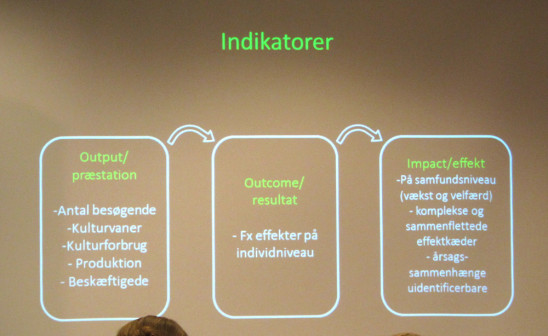
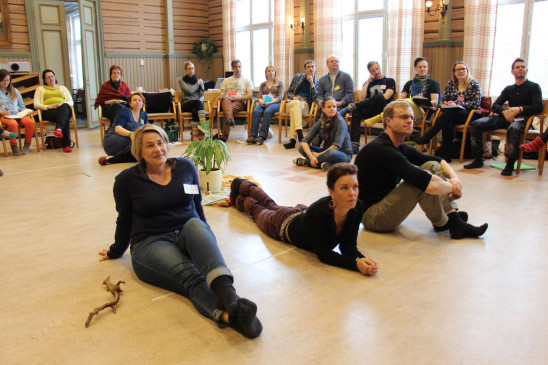 Last week I had a chance to participate in an
Last week I had a chance to participate in an 